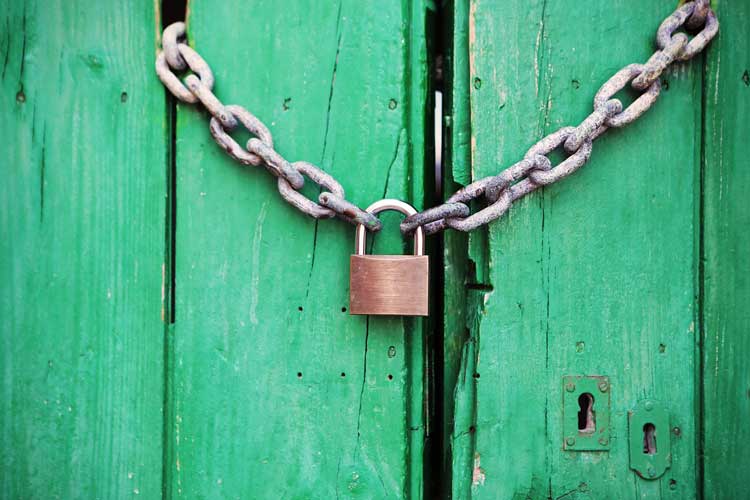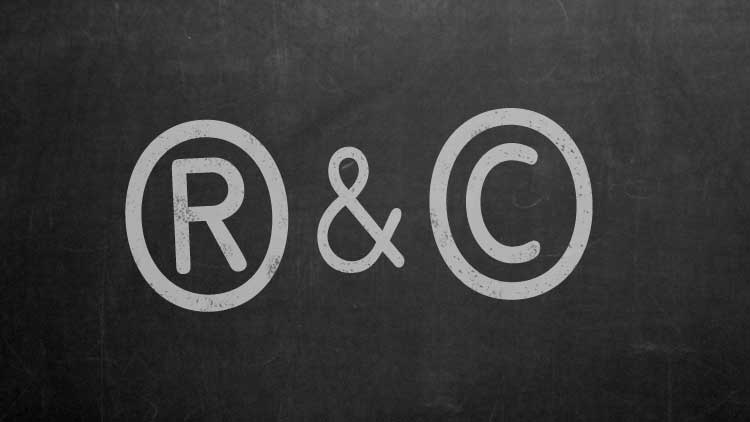Q: Whose fault is it when a gallery sends back an item and it arrives damaged? I recently gave a ceramic piece to a gallery that was going to start exhibiting my work. When they sent it back, the lid was broken! It arrived loosely packed in a too-big box (not the original packaging I shipped it in). Now I have to spend the time, cost and materials to fix it. Of course, when I called the gallery, they blamed the shipping company. And when I contacted the shipping company, they blamed the gallery. Who really should pay for the damages?
A: Here’s how this should go. The shipper (the gallery in this case) packs the item(s) using common sense and the packing standards established by major carriers. These standards can be found quite easily online. The shipment is then insured and given over to the carrier. If there is damage, the recipient (you) saves all the packing materials and contacts the shipper. The shipper then reports the damage to the carrier.
Depending on the value of the claim, the carrier may send an adjuster to look at the packing materials. The shipper will then be notified of the claim resolution and will or will not receive payment for the damaged goods. When payment is made for the damaged goods, the shipper, if not the owner of the goods, will then issue payment to the owner (you).
Many times a gallery will just take care of these situations to keep relationships with their artists on a positive plain. I can understand the box switch; often galleries don’t have the space to save the artist’s packaging. It would appear that the gallery in this case did not pack your work correctly. In my opinion, they have an ethical responsibility to cover your loss. They could pay for it themselves or file a claim with the carrier.
Now this brings up the bigger issue of how a craftsperson evaluates a gallery or shop before entrusting their work to them. Just as in any segment of the business world, there are good and not-so-good and bad gallery owners. Artists need to be aware of that and proceed carefully with new relationships. It’s always a good idea to ask around and get information before you begin a relationship with a new gallery.






